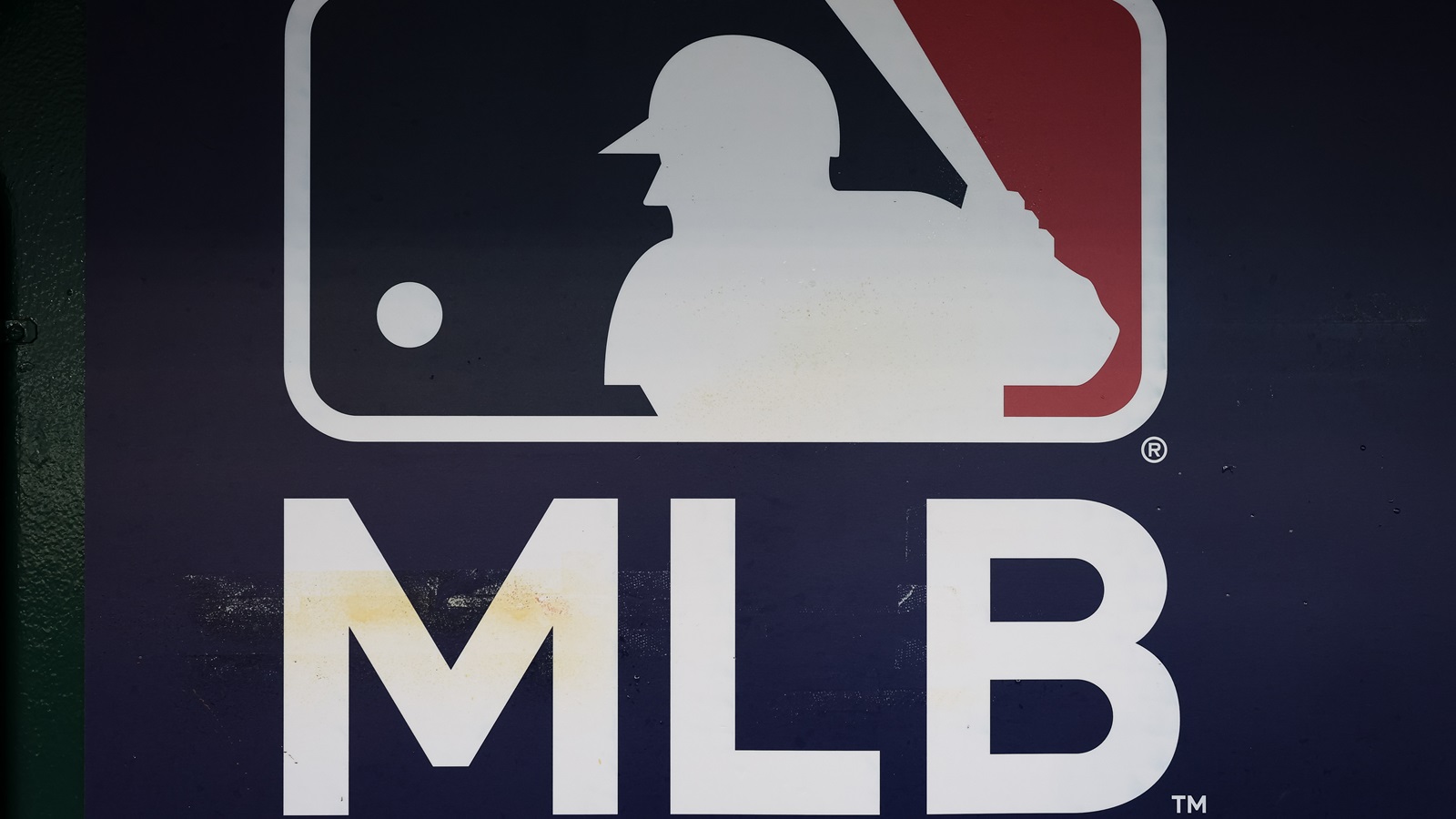Major League Baseball’s crackdown on the use of illegal substances by pitchers is certainly changing behavior, at the very least.
One of the biggest advances in baseball in the last decade has been the widespread acceptance of the importance of spin rate for pitchers. Spin rate essentially measures how many revolutions per minute a pitched baseball spins. Higher spin rates generate more movement and generally become much more difficult for hitters to make solid contact with. One of the key advantages pitchers gain when using a foreign substance is it increases their spin rate and adds much more movement to their pitches.
A graph from Codify, an analytics consulting company that specializes in baseball data, shows that MLB’s new enforcement measures seem to be working to a certain degree. Over the past ten days, data shows a noticeable drop in fastball spin rate around the league, even as velocity remains consistent. That suggests that some pitchers may have stopped using whatever they were relying on voluntarily instead of getting caught and facing league discipline.
Wow. Red is spin rate, blue is velocity.
(10-day rolling MLB fourseam fastball averages)@PitchingNinja @enosarris @jaysonst pic.twitter.com/N0bZEX0AwZ— Codify, Inc. (@CodifyBaseball) June 19, 2021
The spin rate reduction is only about 60 rpm, but that’s not insignificant. First, this is an average, and it’s a fair assumption that some pitchers weren’t relying on foreign substances as heavily as some others. That means the shift would be more significant for some pitchers than others. Either way, depending on the scenario, that modest difference in spin rate could be the difference between a home run and a harmless pop fly.
MLB’s midseason crackdown has been criticized for its timing even by those who back the intent. It’s even been blamed for one significant arm injury already. However, based on the numbers, there is some indication that it’s having its intended effect.














